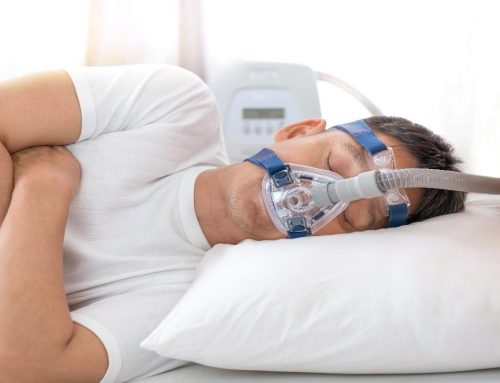Table of Contents
Is Sleep Apnea Becoming a More Common Condition?
It is difficult to explain why sleep apnea is getting talked about more often.

First, sleep apnea is a potentially serious sleep disorder in which breathing recurrently stops and starts. In case you snore loudly and feel tired even after a full night’s sleep, you might have sleep apnea.
The main forms of sleep apnea are:
- Obstructive sleep apnea, the most common type that occurs when throat muscles relax
- Central sleep apnea, which takes place when your brain does not send proper signals to the muscles that control breathing
- Complex sleep apnea syndrome is also called treatment-emergent central sleep apnea, which occurs when someone has obstructive sleep apnea and central sleep apnea
Consider some of the ways in which our biology and habits have changed in recent years. For instance, we can see an increase in the rate of obesity among children and a much higher prevalence of sleep apnea in that demographic as well.
Modern studies indicate that we are becoming significantly more predisposed to sleep apnea than we were 20 years ago. Let us take a look at how rates of sleep apnea have changed in the last two decades.
How Common Is Sleep Apnea?
There is an increase in the prevalence of sleep apnea.
Sleep apnea treatment can help prevent chronic severe conditions as well as hypertension, arrhythmia, and other cardiac issues, increased blood pressure, lung dysfunction, and stroke. It is a very serious condition that requires medical attention and treatment.

The rate of sleep apnea is increasing, but with it, so is awareness of the condition. With increased awareness comes innovation; new CPAP devices, CPAP masks, and comfort accessories are continuously being created. Comfort on therapy is also much enhanced and is a function of expanding knowledge of the condition. We now know the risks of untreated OSA, and, as such, more sleep apnea sufferers are seeking diagnosis and treatment.
It is believed that sleep apnea is rising as our population is seeing an increase in the rate of obesity. For instance, it is known that obesity in our children is occurring at a higher rate than ever before, and we see the rate of sleep apnea increases in kids as well. Sleep apnea can result in hypertension, arrhythmia, and other heart issues, like increased blood pressure, lung dysfunction, and stroke.
That the rate of sleep apnea seems to be growing is much more a function of expanding knowledge of the illness and its identification than increasing prevalence. The major danger of sleep apnea is that you are waking up to breathe, which causes serious daytime impairment. The other risk is the development of cardiovascular disease like high blood pressure and then a heart attack.




 Shop
Shop



